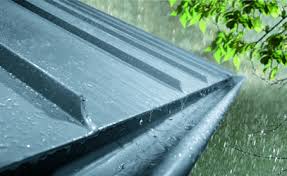 Calamine are non - sulfidic zinc ores (without sulfur), including carbonatic zinc ores to smithsonit or zinc carbonate (ZnCO3), silicic zinc ore (Zn (Si2O7(OH)2).2H20) and willemite. Smithsonit is often seen as a bright, reddish brown crust. Willemite as a whitish crust (on the spoil heaps).
Calamine are non - sulfidic zinc ores (without sulfur), including carbonatic zinc ores to smithsonit or zinc carbonate (ZnCO3), silicic zinc ore (Zn (Si2O7(OH)2).2H20) and willemite. Smithsonit is often seen as a bright, reddish brown crust. Willemite as a whitish crust (on the spoil heaps).
Schalenblende or Blende zonaire is a primary ore that is formed by three minerals: zinc, lead, and iron in combination with sulfur. This typically includes schalenblende sphalerite or sphalerit (ZnS), galena (PbS) and pyrite or galenit or marcasite (FeS2).
Sphalerite (ZnS) is either a sulfur-containing sulfidic ore, in which the zinc is connected to sulfur.
Zinc is also found in calamine (a silicate).
Zinc
We know especially zinc from gutters and pipes, and by galvanizing steel to protect it against corrosion.
In Palestine and Transylvania objects have been found from 1,400 BC containing up to 87% zinc. Around the year 1,000 in India there was already zinc smelting and partially purifiing. Zinc was already won in the 13th century from the mineral calamine by heating with organic material (wool.) In the West, zinc was discovered in 1746 by Andreas Sigismund Marggraf, who calamite heated with charcoal, and gave it his name.
The boiling point is located at only 907°C, the melting point at 420°C.
Metallic zinc is non-toxic, zinc oxides, and zinc ion in solution, though.
In an acidic environment the zinc corrodes.
Currently, most of the zinc is produced by electrolysis of dissolved zinc sulfate (ZnSO4).
